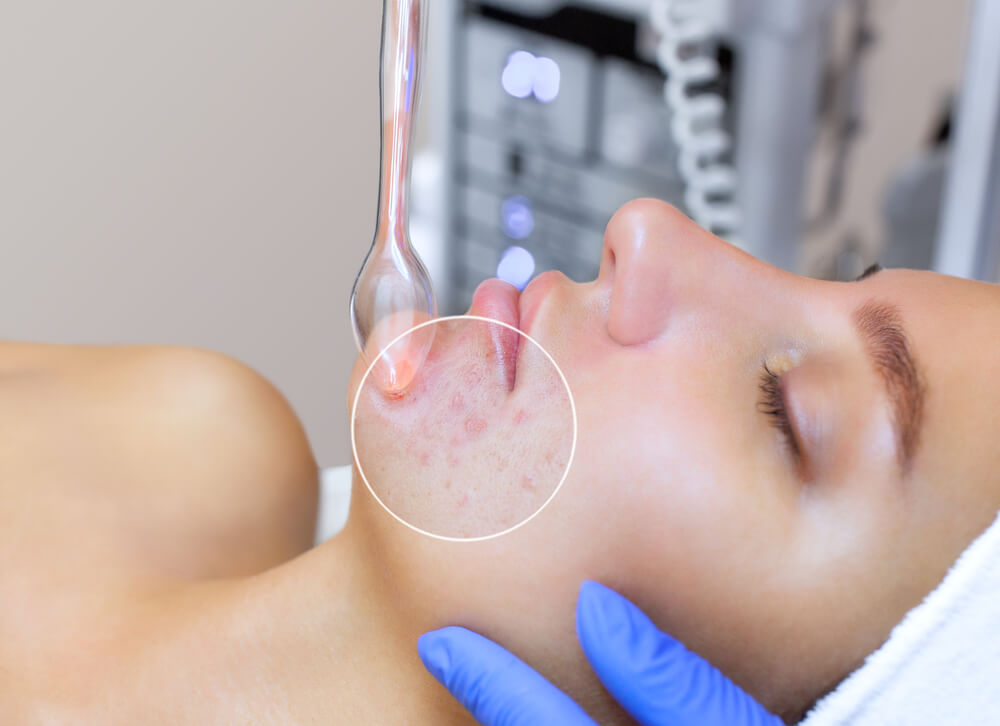Menopause is a natural biological process in a woman’s life, marked by significant hormonal changes. It encompasses four distinct phases: premenopause, perimenopause, menopause, and postmenopause, each with unique characteristics and symptoms.
Premenopause refers to the period of a woman’s reproductive life leading up to perimenopause. Menstrual cycles are regular during premenopause, and estrogen levels are relatively stable. Women are still fertile and can conceive, although they may begin to notice subtle changes in their cycles as they approach their late 30s or early 40s.
Perimenopause is the transitional phase leading up to menopause, typically beginning in a woman’s 40s but sometimes earlier. This stage can last several years and is characterized by fluctuations in hormone levels, particularly estrogen. Women may experience irregular menstrual cycles, hot flashes, night sweats, mood swings, and changes in sleep patterns. It’s a time of gradual decline in ovarian function, signaling the approaching end of reproductive years.
“Some women are the most symptomatic in perimenopause – which can occur for two and eight years. It varies,” Irene says in our Mama Masterclass.
Menopause is officially diagnosed when a woman has gone 12 consecutive months without a menstrual period, usually occurring around the age of 50. It marks the end of ovulation and menstrual cycles, and the ovaries produce significantly lower levels of estrogen and progesterone. Symptoms such as hot flashes, vaginal dryness, and sleep disturbances are common during this time.
Postmenopause follows menopause and lasts for the rest of a woman’s life. Hormone levels stabilize low, and menstrual periods no longer occur. While symptoms like hot flashes may gradually diminish, lower estrogen levels can increase the risk of health issues such as osteoporosis and cardiovascular disease.
#Managing #Menopause

























